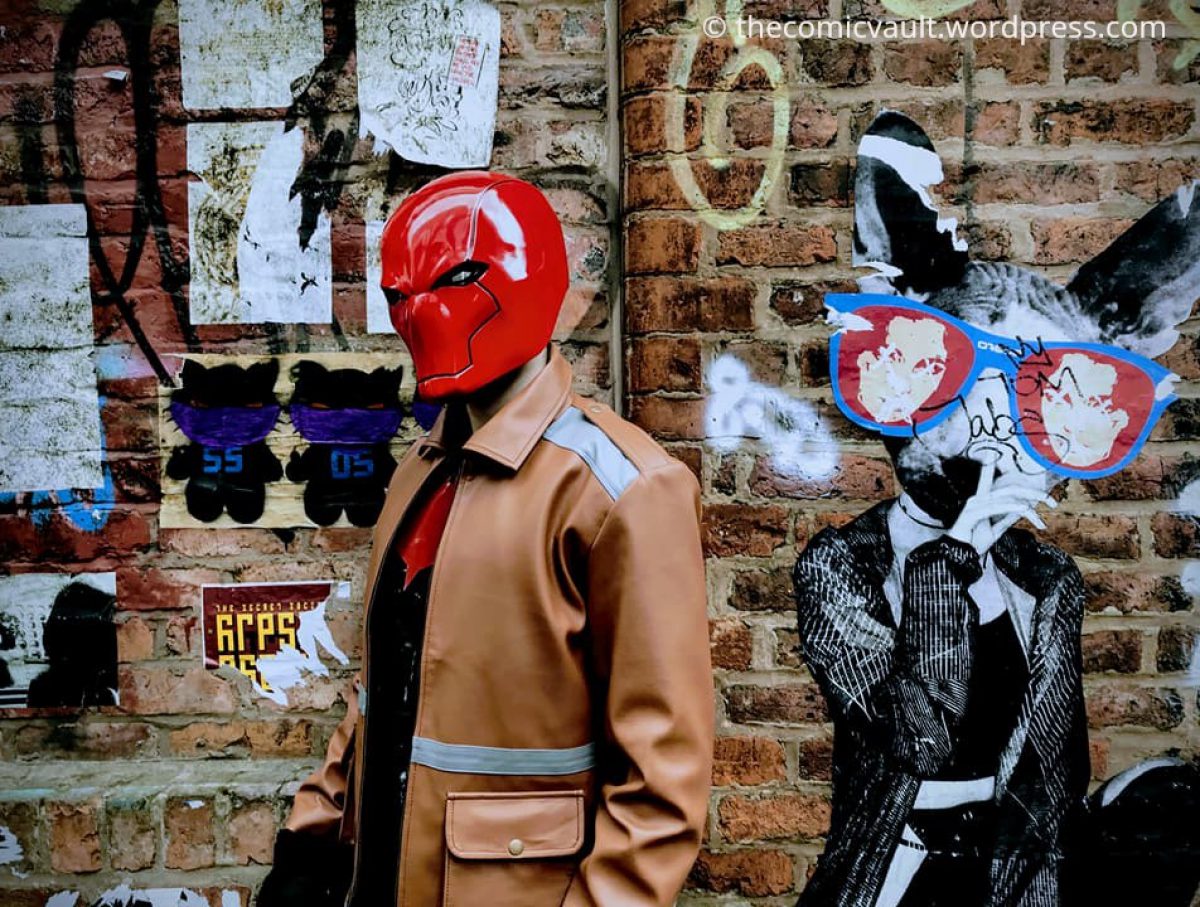In terms of mythology, Japanese folklore makes up some of the most intriguing stories. Japanese religion is based around the kami, spirits that are linked to nature and embody different virtues. Kami are known to exhibit good and evil characteristics, with their nature being ambiguous. Marvel has always represented Japanese culture in a faithful way, which extends to the mythology. A character that represents the power of kami is Amatsu-Mikaboshi, the Japanese god of darkness and one of the greatest threats to the Marvel Universe. Mikaboshi’s existence offers a window into the idea of chaos.
 Chaos come to life
Chaos come to life
Mikaboshi is based on the Japanese deity of the same name, with the name translating as ‘Dread Star of Heaven.’ Within the Marvel Universe, Mikaboshi was a part of the Japanese Shinto pantheon. The story went that the Shinto gods Izanagi and Izanami went into the formless world, dominated by an ancient, primordial void that was Mikaboshi. The godly couple began to populate the world with living beings, angering Mikaboshi.
Izanagi and Izanami created the Amatsu-Kami pantheon and Mikaboshi tried to destroy them. The god of darkness was defeated and forced into Yomi, the Japanese underworld. While he remained trapped for millenia, other pantheons rose up.
Mikaboshi shared an antagonistic relationship with the Greek pantheon because of the Elder Goddess Gaea. She was creation in its purest form, while Mikaboshi represented entropy, a complete nothingness that consumed everything.
 Mikaboshi’s time came during Chaos War, when he escaped from Yomi and proceeded to consume other pantheons. He started by destroying the gods of Zenn-La, moving on to Earth based deities. Mikaboshi’s power was so terrible that the Olympians, Hell Lords and Galactus were unable to stop him.
Mikaboshi’s time came during Chaos War, when he escaped from Yomi and proceeded to consume other pantheons. He started by destroying the gods of Zenn-La, moving on to Earth based deities. Mikaboshi’s power was so terrible that the Olympians, Hell Lords and Galactus were unable to stop him.
The god of darkness rose to become Chaos King, consuming many dimensions of the Marvel multiverse. He caused Death to flee, as well as taking great pleasure in torturing Gaea. Mikaboshi was only stopped when a superpowered Hercules locked him away into a finite universe.
Understanding the power of kami
Mikaboshi possesses incredible supernatural powers, making him a force of nature. His feats include destroying a creature called the Demogorge, an entity that devoured the Elder Gods, striking down Galactus and tearing out Zeus’ heart with ease.
He regularly commands demonic foot soldiers and has the power to resurrect gods to do his bidding. Mikaboshi’s abilities manifest as pure darkness and his true form has been characterised as a golden eye shrouded in shadow.
 Mikaboshi’s status as a force of nature can be linked to how kami are perceived. They are manifestations of musubi, the interconnecting energy of the universe. Worshippers believe the essence of kami needs no explanation because they are one with the world. Kami are linked to different virtues and natural phenomena. For example, a kami could be seen as a representation of thunder or fertility. Mikaboshi is linked to negative qualities, such as deceit and destruction.
Mikaboshi’s status as a force of nature can be linked to how kami are perceived. They are manifestations of musubi, the interconnecting energy of the universe. Worshippers believe the essence of kami needs no explanation because they are one with the world. Kami are linked to different virtues and natural phenomena. For example, a kami could be seen as a representation of thunder or fertility. Mikaboshi is linked to negative qualities, such as deceit and destruction.
Good kami exist, like the sun goddess Amaterasu. She is the sworn enemy of Mikaboshi, with the two of them waging an eternal war.
As a comic character, Mikaboshi is an entity to be feared. He’s also a character that gives a better understanding of Japanese culture and religion, showcasing the elusive nature of kami.


Reblogged this on Alessandria today.
LikeLike